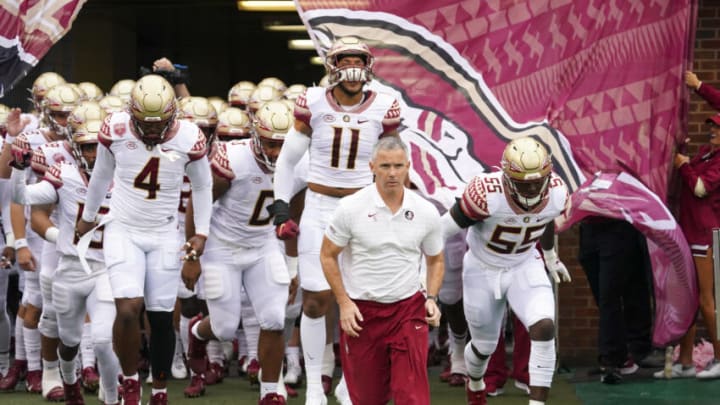
3. Can any of these schools outspend Miami?
Writer Bruce Fieldman outlines how Miami won despite itself in his book Caine Mutinity. The university rarely spends on the football program, and former university president Donna Shalala is quoted as saying that universities should “cap the salaries of head coaches.” The university loved the benefits of a successful football program but rarely invested in it.
That has changed. Miami’s NIL collective, spearheaded by billionaire John Ruiz, is one of the most lucrative collectives in college football. Ruiz spearheaded the campaign to hire Mario Cristobal away from Oregon and to the Hurricanes. That was an 89-million-dollar investment. The Hurricanes are investing an estimated 100 million dollars in a state-of-the-art on-campus football facility:
Proud to announce our new on-campus “forever” home.
— Miami Hurricanes Football (@CanesFootball) January 4, 2023
The state-of-the-art complex will provide the best necessities & amenities in sports medicine, strength and conditioning, nutrition, sports psychology, and personal branding services.
More: https://t.co/9zfJ4A9EHJ pic.twitter.com/N6OwCYuQQU
When Miami was “The U,” they were rocking at the old Orange Bowl, about 20 minutes from the stadium. Hard Rock Stadium is twice as far from campus. The university has never been able to come close to recapturing the electricity of the Orange Bowl at Hard Rock. The solution? An on-campus stadium.
There have been several renderings for a stadium but no definite plans. Ruiz hopes to have plans finalized and a stadium completed by 2025.
It will be difficult for Florida State football and Florida to match this spending. The Gators have the money; they’ve never spent it. The Jaden Rashada debacle doesn’t reflect well on recruits, either. The Gators’ 85-million-dollar facility opened last year with plans to update Ben Hill Griffin Stadium in 2024.
Florida State football is the furthest behind, approving plans to renovate Doak Campbell Stadium in March of 2022 and breaking ground on a new football-only facility in December of the same year. All three schools have the same donor base issues with so many students coming to Florida. However, the Seminoles and Gators don’t have a billionaire like Ruiz at the head of their collective.
